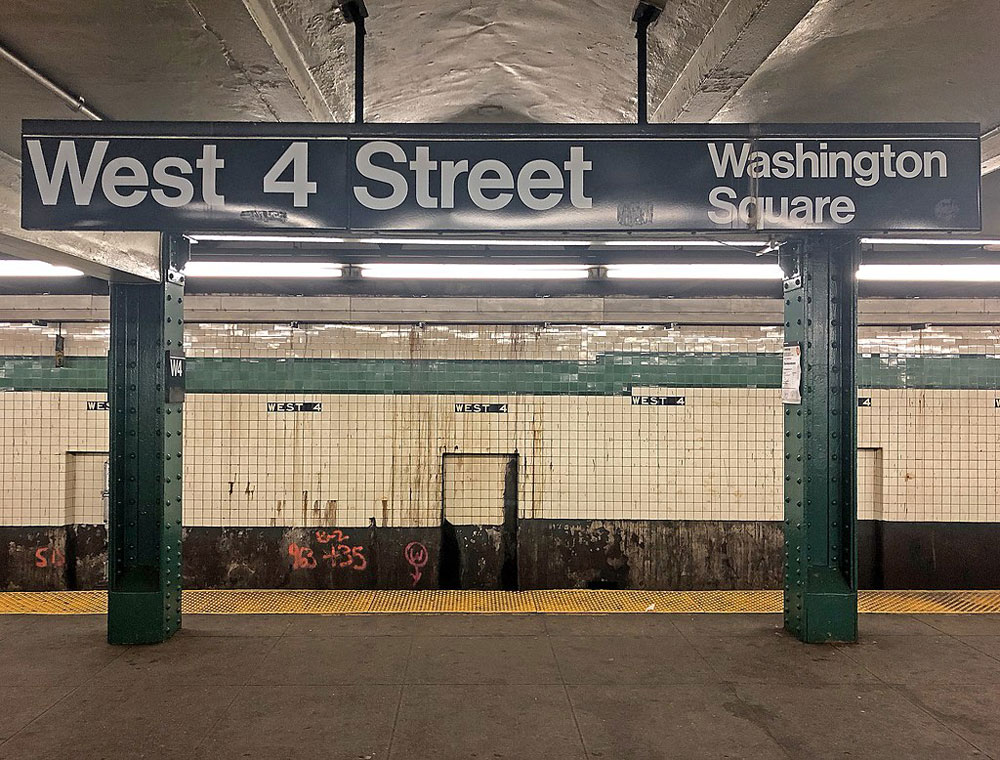
July 29, 2019, WNYC and Brooklyn Eagle
NPQ has often talked about publicly funded agencies with what appear to be too many contracts relative to their overall budget. Agencies like these can easily end up in hot water when, as often happens, their infrastructure thins and the unrestricted portions of their budgets decrease, even as their budgets increase relatively rapidly. Even with a budget that’s quite large, this can lead to enormous gaps in functionality. Of course, these are only some of the issues that can come with accelerated growth.
One report from the office of the NY State Comptroller in late July took up the issue of performance with a BRC, a nonprofit with contracts to perform outreach services to homeless people in the subways and in Penn Station, Grand Central Station, and other of New York City’s transit stops.
That nonprofit, Bowery Residents’ Committee (BRC), operates with approximately 970 employees, according to recent filings, and an expense budget of about $75 million. Of that, $65 million is in government contracts. Over four years, according to Thomas P. DiNapoli, NYS comptroller, BRC has underperformed when it comes to its outreach work at the transit stops.
New York City’s homeless population takes refuge in its vast subway system. They sleep in trains at night, when there are fewer passengers; in winter, they find corners in stations where they can keep warm. Rousting people and making them move along is generally not a priority for police and the BRC has been contracted to offer aid.
The audit uncovered several problems, starting with violations of contract: an employee vacancy rate of 21 percent in the first three months, and hours where no service was performed. Combined with missing or inaccurate information, the consequence is that the data are incomplete and not useful for trend analysis to improve services.
BRC reported 850 employees on their Form 990 for the fiscal year ending June 2015. The following year showed 967 employees, a substantial increase. It is not apparent why, by mid-2017, they were not able to fill contract-required positions.
Sign up for our free newsletters
Subscribe to NPQ's newsletters to have our top stories delivered directly to your inbox.
By signing up, you agree to our privacy policy and terms of use, and to receive messages from NPQ and our partners.
Several difficulties may have led to BRC’s lack of workers. They may have hit their capacity; did the 14 percent increase two years before stress the internal management of programs? Or is the problem in low wages or cash flow? After all, state contracts don’t cover all the costs of delivering services. Only 15 percent of expenses are permitted for New York nonprofits’ administrative costs. In order to cover unexpected costs—like, for instance, the hiring and training of many new employees—funds must be raised from other sources, and that fundraising itself garners uncovered expenses.
Add to that the fact that city and state contracts are reimbursable, meaning the nonprofit must lay out initial funds. Government systems create other cash flow complications, with their habit of delayed and late payments. Finally, with a low unemployment rate, the pool to draw new staff from simply isn’t there. Difficult and unglamorous jobs that do not pay well, from home health care aides to social workers, are going unfilled.
The Metropolitan Transportation Authority (MTA) has spent over $14 million since 2010. The current $2.1 million contract between the MTA and the BRC covers November 2017 through October 2021 and includes annual two-percent increases built in. For that, BRC is required to make regular visits to subway stations and produce reports daily, weekly, and monthly, which should then be submitted to officials with the subway agency, and then entered into the MTA database for the Homeless Outreach Program. In an 8.5-hour shift, the MTA’s expectation was that four or five hours would be spent out of the office, working with homeless people. BRC workers spent an average of only 2.2 hours per shift.
“The nonprofit the MTA hired has turned away homeless men and women seeking assistance,” said DiNapoli in a public statement. “The MTA is not getting what it paid for and riders and the homeless are suffering for it.” ‘
DiNapoli provided recommendations for enforcement and oversight, including a system for verifying reported data. The MTA has created a program to monitor the homeless services contract, is modifying outcome metrics, and is evaluating the outreach workers.
The MTA has launched a task force to work on decreasing the homeless population at the same time it has been discovered that BRC has another, larger contract that it received without a bidding process, according to New York Public Radio. That contract with the New York City Department of Homeless Services (NYCDHS) to assist getting homeless people from the subways into shelters was previously between MTA and BRC. Isaac McGinn, a spokesman for NYCDHS, confirmed the contract (paying BRC $64 million over 6 years) was not put out for bid. Rather, it was “awarded via required/authorized source,” since it was just moved from one agency to another.
It serves every stakeholder involved if a nonprofit is self-aware and regularly reviews its capacity and capabilities with a realistic, practical eye. External forces affect even the most fine-tuned strategic plan. It is up to the nonprofit to recognize its weaknesses and communicate that message. Funders need to know what does not work—and, specifically, why.—Marian Conway












